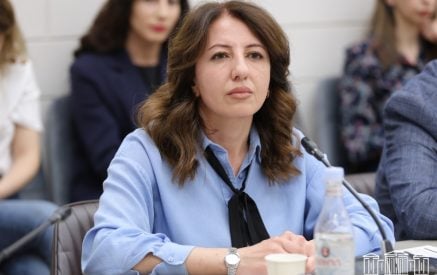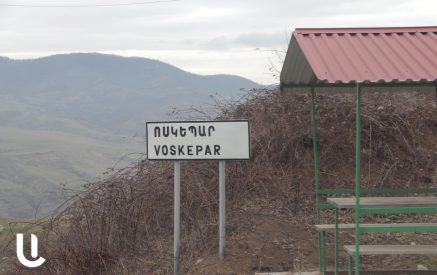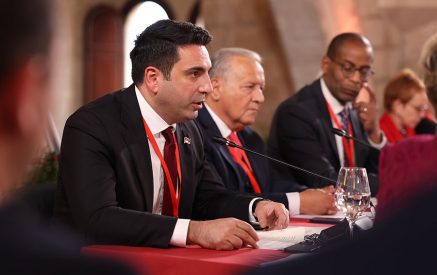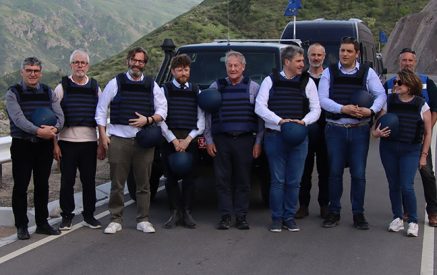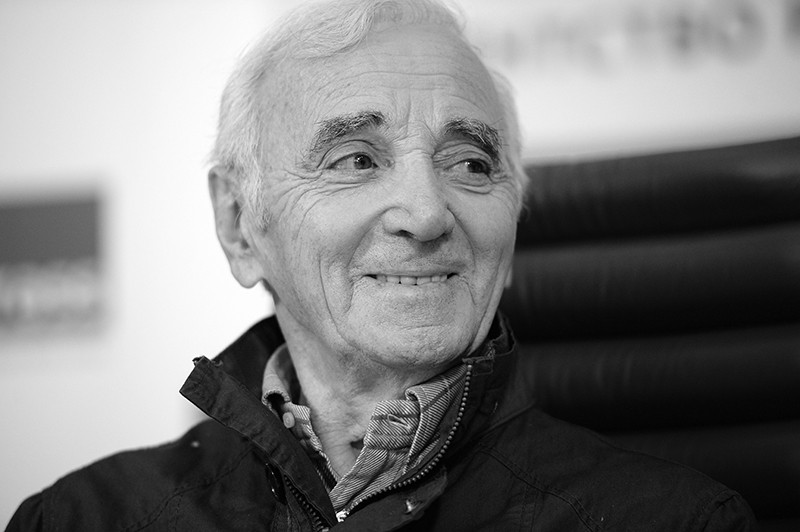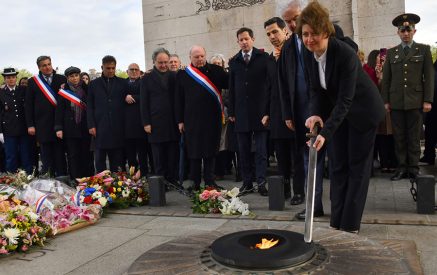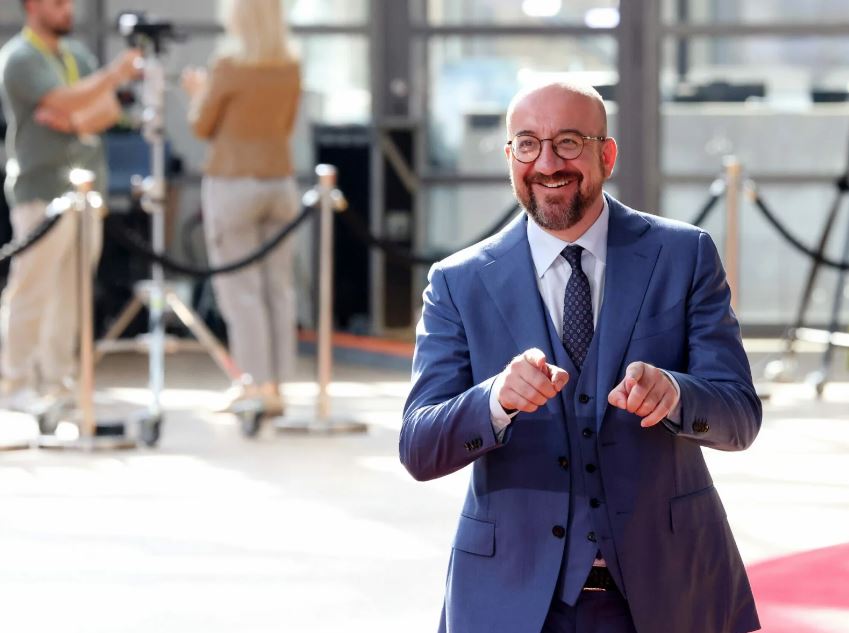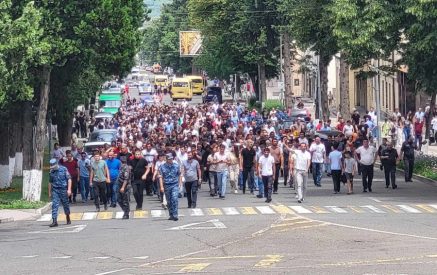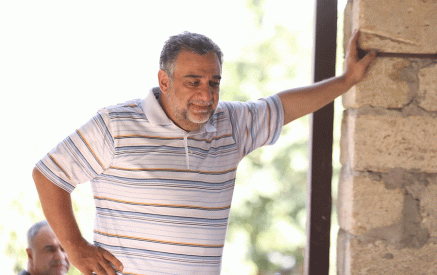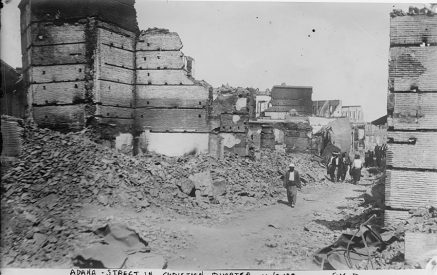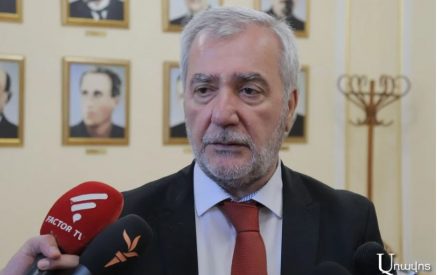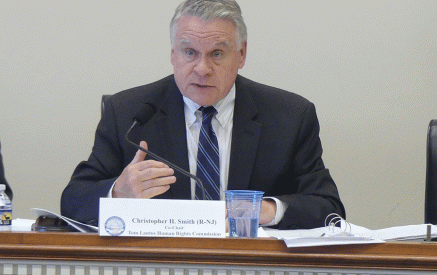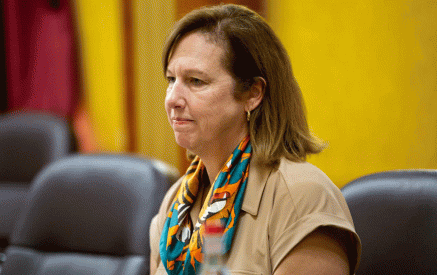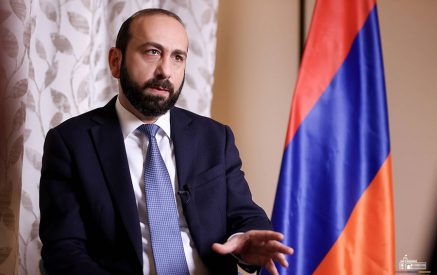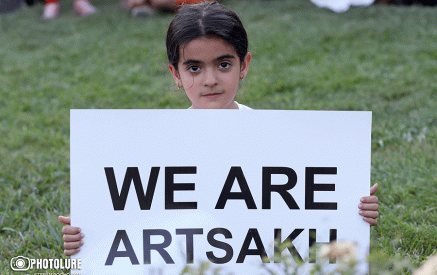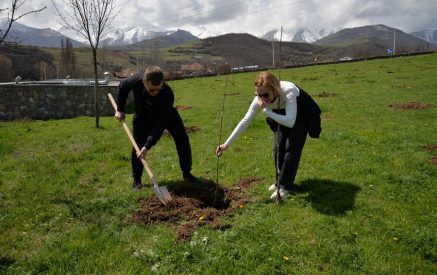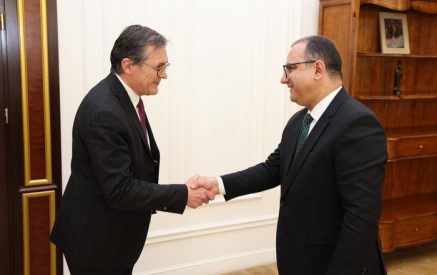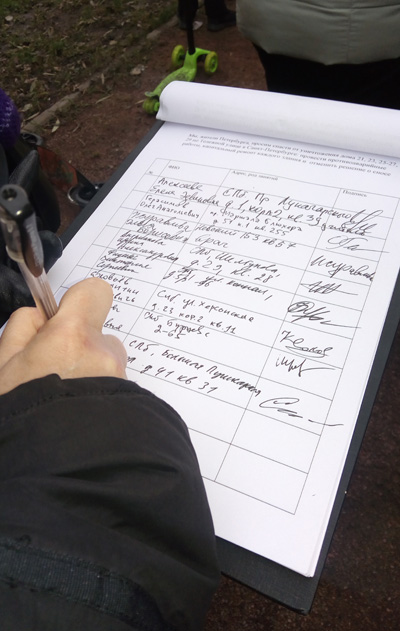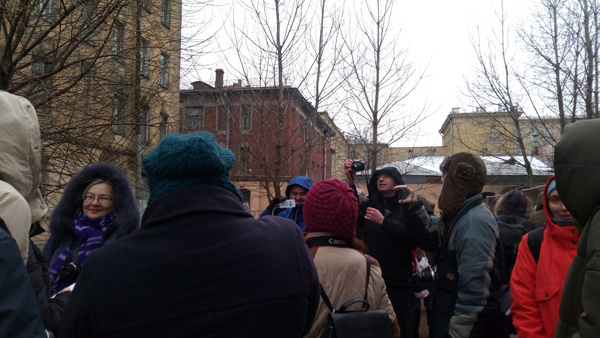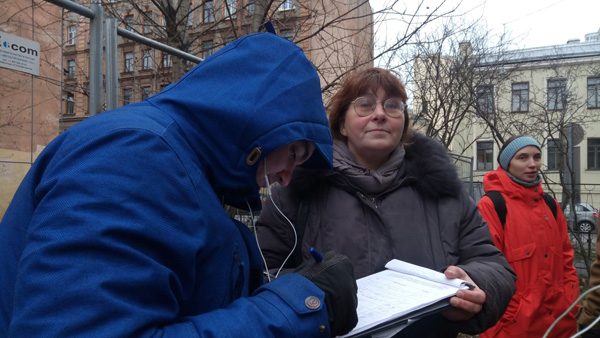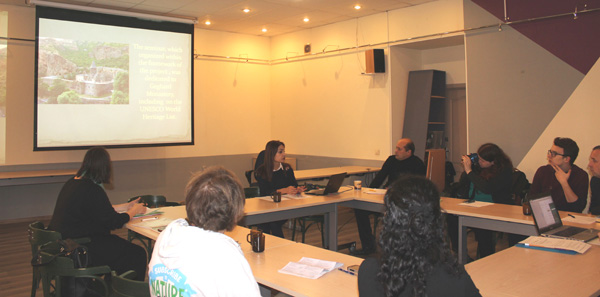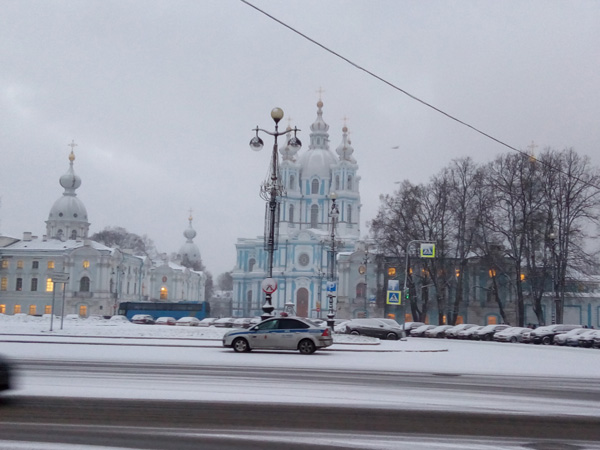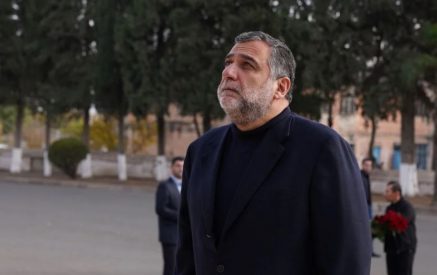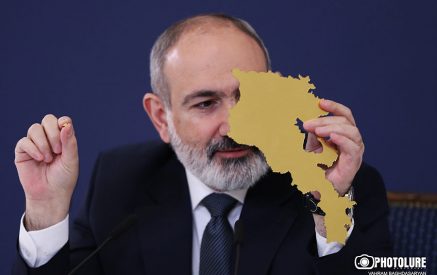Saint Petersburg residents struggle actively and successfully against their city’s deformation
It seemed that in Saint Petersburg, in the city encompassed in UNESCO’s international heritage list, demolishing or changing any old building should have been impossible, but it comes out that it is not so. By the cooperation of German “World Heritage Review” organization and Russian, Ukrainian, Georgian and Armenian organizations (ICOMOS/Armenia NGO) engaged in the issues of preservation of cultural heritage, the project entitled “Strengthening Common Inclusion and Mutual Support for Raising Awareness about International Cultural Heritages”, the primary aim of which is to contribute to the preservation of Armenian, Georgian, Russian and Ukrainian international cultural heritage values. Within the frameworks of the project also exchange of journalists, seminars, trainings takes place among the aforementioned countries.
If in Armenia or Georgia the project envisages visiting certain sites comprised in UNESCO historical and cultural heritage list, then in Russia the whole seminar was taking place in a site considered an international heritage, Saint Petersburg, which has been included in the list of the international heritage objects still in December 12, 1990.
During the seminar taken place from December 1 to 4 in Saint Petersburg the participants visited the old buildings under the threat of demolitio.
The president of Berlin’s “International Heritage Watch” NGO, Stephan Doempke stated with pain: “Often UNESCO is not aware that the buildings and structures in international heritage list are being demolished or deformed. National companies sometimes do not provide correct information, and UNESCO usually does not carry out any examination with its own means and resources. The vivid example of it is also Georgia’s Svaneti district (Upper Svaneti is is also comprised in UNESCO international heritage list – author), where the local authorities allow building disproportionate hotels in line with tourism development. Georgia, nonetheless, does not submit any report to UNESCO on that. Neither UNESCO and nor, moreover, the local authorities are the ones who raise the issue. Solely the citizens, activists, truly concerned people can preserve international heritage.”
And concerned citizens and activists, who are ready to stand outside for hours even in a very cold weather, struggle for the “rights” of their city are few in Leningrad.
Walking in the city and getting acquainted with old Petersburg I met a little piquet, the participants of which were trying to not let the city authorities destroy 2 buildings with emergency signs on them. Piquet participants were sure that the emergency expertise was faked: the buildings will be demolished as emergency, and a few years later a parking lot, business center or a skyscraper will be built on their place.
“These buildings are a part of old Petersburg, and naturally, we are against such decision of the city authorities. We are sure that instead of demolishing the buildings they can restore them”, explained an active participant of the piquet, Saint Petersburg Legislative Assembly deputy, professor of political science, Boris Vishnevski. “We want to live in a clean, convenient and beautiful city. 5 days before this we created “Beautiful Petersburg” website which enables Petersburg residents to voice the issues they are concerned with, to make suggestions. Other citizens of Russia followed our example similarly. Today such initiatives are in place in 60 cities already. We are concerned with the cultural heritage of our city. We will not let demolish the old buildings of the city”, explains the founder of “Beautiful Petersburg” initiative, Krasmir Vranski.
Saint Petersburg is taken care of not solely by activists and young people, but also a set of organizations which have undertook the defense of their dear city, from lodging appeals to trials. One of those organizations is the “Pan-Russian Association of Preserving Historical and Cultural Monuments”, which has been created still in Soviet years. Today the organization operates independently from state apparatus and city authorities.
“Throughout the past 10 years the situation has improved slightly, but anyway, there are still a lot of issues, legislative gaps, the authorities sometimes undertake steps to the detriment of the cultural heritage and in favor of business plans. We are in judicial processes ceaselessly. There are 9000 objects of cultural heritage in Petersburg and it is difficult to manage to follow the situation regarding all of them. However, today there are a lot of organizations as well, this is the issue of all citizens and concerned people”, says the vice-president of Petersburg branch of “Pan-Russian Association of Preserving Historical and Cultural Monuments”, Alexander Konanov. And the coordinator of “Live City” initiative, the Member of the Council for Preservation of Cultural Heritage operating adjacent to the government, Yulia Minutina assures: “The more methods are applied, the more organizations work around a single ideology, the better the result will be. The perfect condition is when simultaneously both a trial is in process and protests are organized and journalists actively cover the issue. All this together makes the government revise its decision eventually.”
Petersburg residents have not achieved any victory in 1 day, and they have not won a case against city authorities in 1 day. “Still 10 to 11 years ago, when we were just starting to work, our victories were few, a wall was standing in front of us, we were not able to make expertise, win cases, and the journalists were not interested in all of this. That the topic of the defense of the city is one of priorities is already a victory”, says Alexander Kononov.
Arpi BEKARYAN
‘Aravot’
16.12.2017

